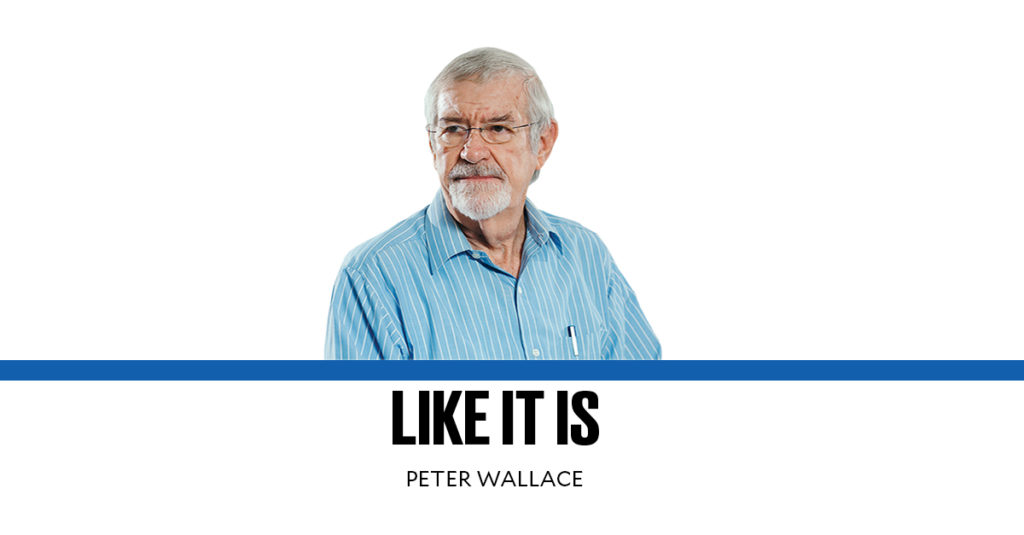Harm reduction

I’m going to come back to this topic (see my column “Smoking kills, vaping doesn’t” on July 11, 2019) because we need to save Filipino lives from all illnesses, not just COVID-19.
Smoking kills, we know that. E-cigarettes, heating instead of burning, doesn’t! Ten years of use and innumerable tests have shown that. Maybe it has some long-term effects, but we won’t know that until that long time has passed. But it’s impossible that it would be as deadly as cigarettes.
So the intent should be to make it as attractive as possible to switch from burning tobacco to heating it, so that lives are saved. With only one caveat: Do everything possible to convince the young not to start either vice. Strangely, the Department of Health (DOH) wants to impose restrictions that are more stringent than those imposed on traditional cigarettes.
If your priority is to discourage anyone from vaping, then you’ve missed the whole intent. Smokers will die—about 87,000 did last year. Only 4 percent of smokers succeed in quitting. They need an alternative. Heated tobacco is that alternative. The impurities burning creates don’t exist if tobacco is only heated enough to get the vapors without the burning.
The DOH, in part, bases its decision-making on what the World Health Organization (WHO) states. But WHO, as it should, takes a precautionary approach. What it says is to “avoid these products because they are harmful, and their long-term effects have not yet been proven.” However, it only look at the product itself in isolation from the market it will exist in. The DOH should make a comparative analysis. It should not only be limited to asking if e-cigarettes are safe. Rather, the DOH must assess: Do these products present a lower risk than traditional cigarettes? And the answer is, yes. It must treat e-cigarettes differently from cigarettes, given the growing body of scientific evidence showing that these products are potentially less harmful by a significant amount, especially for existing adult smokers.
COVID-19 has shown us that leaders must listen to experts — experts on the specific subject. Some 72 specialists on nicotine science, policy, and practice wrote to the head of the WHO, stating that weight should be given to harm reduction, that the focus should not be on unknown risks to health versus the known harm of cigarettes, especially when these are improbable risks. To not do so results in real harm to public health. These experts cite that uncertainty about long-term effects should not be a reason for paralysis, as there is already sufficient knowledge based on the physical and chemical processes involved, the toxicology of emissions, and biomarkers of exposure to be confident that these products will be much less harmful than smoking.
The House of Representatives has recognized this in a bill passed by the committees on trade and industry, and on health. There they state: “It is the declared policy of the state to consider harm reduction measures as a public health strategy.” And they recognize that e-cigarettes are a harm reduction alternative to cigarettes. That’s exactly the right approach. The bill imposes sensible regulations that deter the youth from starting—you must be over 18 to buy as a start. Yet the bill also provides an environment where smokers will be encouraged to switch, but in a regulated manner. Restricted, but not as stringently as for cigarettes.
To discourage young people from starting, which is most important, I suggest using “role models.” When I was young, ever so many decades ago, it was cool to smoke. All the famous actors did — the Humphrey Bogarts of the era (Google him). So we wanted to be macho, too, and smoke, too. If Manny Pacquiao, Daniel Padilla, and Kathryn Bernardo were all featured in ads saying it’s cool to be clean, kids wouldn’t start.
The DOH and the FDA have been in the process of establishing guidelines. I expect they’ll now wait for this bill to pass, as they will have to base any guidelines on law.
COVID-19 has killed more than 3,500 Filipinos. Last year, smoking killed an estimated 87,000. Don’t you think we should be equally or even more concerned about saving those lives? If vaping can do that, and all evidence says it can, shouldn’t we be encouraging the switch?
Email: wallace_likeitis@wbf.ph
Disclaimer: The comments uploaded on this site do not necessarily represent or reflect the views of management and owner of Cebudailynews. We reserve the right to exclude comments that we deem to be inconsistent with our editorial standards.
